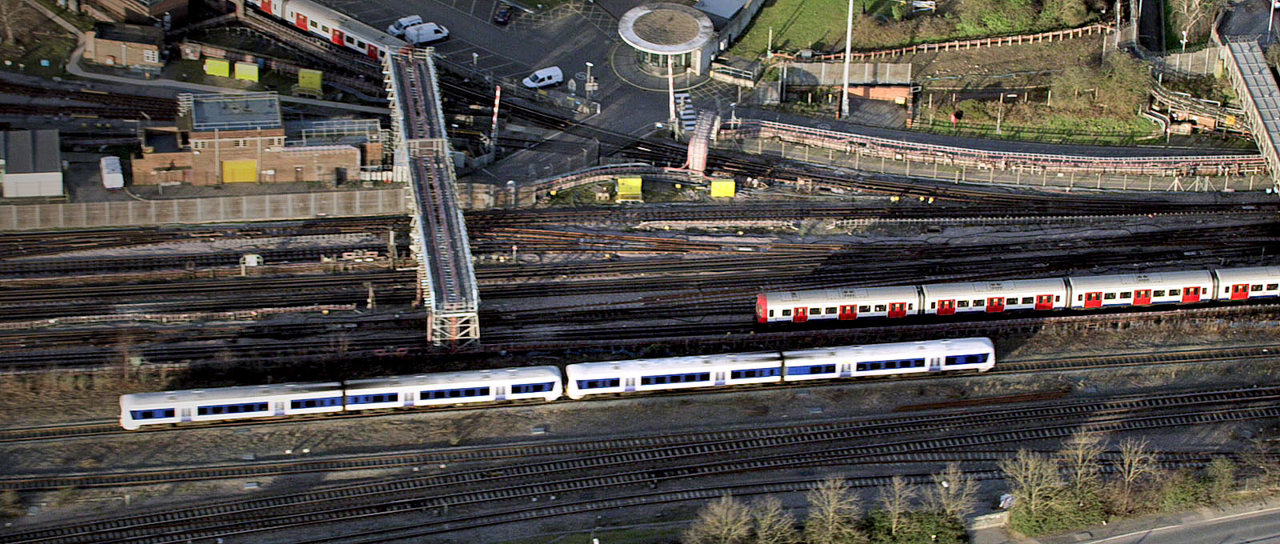Rodents, and especially rats, are a common threat to critical equipment along the railway. They can cause major disruption to electrical and signaling systems by chewing through cables. By damaging equipment, rats do not only cause downtime and costly repair work. They also cause fatal accidents. Therefore, it is crucial to seal cable, conduit and pipe entries in a way that eliminates rodent intrusion.
In the still relevant article “Rats cause near disaster on a railway by chewing through signal cables” on Voltimum, a global communication platform for the electrical industry, James Hunt reports about the issue. He gives two examples from the UK, where a hole gnawed through a high-voltage power cable caused a breakdown on the West Coast mainline and led to 20 train cancellations and 99 delays. A similar incident between Preston and Lancaster caused one cancellation and 289 delays. Another example is from Australia, where there were delays on four train lines due to a fire. The rail workers believed the fire was caused by rats chewing through thick cabling covers and exposing high-voltage cables. Cables gnawed through can result in electrical short circuits, fires – and even train collisions.
Risk of severe accidents
Even worse than downtime and delays are the potential accidents. The same article highlights a press release from BASEC, the British Approvals Service for Cables, stating that a high-speed TGV train was struck from behind by a regional train in southwest France. The regional train had passed a signal wrongly set on green and moments later it ran into the TGV train with 178 passengers. Fortunately, no one died. Only three people of the 40 injured were seriously hurt. An investigation by the French railways found that the malfunction was caused by rodents gnawing through trackside signal cables.
Expensive rodent chase
Besides accidents, annoying interruptions and costly repair works, many organizations struggle with the massive costs for chasing pests. In an article on its website, India TV News states that a report from Indian Railways revealed that several hundred thousand US dollars were spent on tracking rodents onboard trains in just three years. The average amount reached approximately 263 dollars per caught rat.
How to mitigate rodents?
The best thing to do is obviously to keep the rodents out of the rail infrastructure. In his article, Hunt is quoting a chief executive of BASEC recommending “sensible preventive measures” and that “advice should be sought from specialist firms”, but also reminding specifiers, installers and end-users that it is less costly to “ensure that holes, cavities and voids – even the smallest, are blocked up in buildings”. The first line of defense in preventing pests is building in physical barriers in walls, floors, cabinets and enclosures.
Only proven systems work
After reading those articles, you realize that it can be very wise to seal all cable, conduit and pipe penetrations by using proven animal mitigation systems, such as the Roxtec cable sealing system. Many contractors still use spray foam or putty when trying to seal around cables, but these materials are not enough to stop rodents from entering. The animals chew until they are able to get into the warm building and use the leftovers to build their nest inside. And when there is an opening, rats and mice are rapidly followed by snakes, spiders and other insects creating risk of fire, power outage and fatal failure.
Why use Roxtec?
- Certified and engineered solutions
- Resistant against pests and rodents
- Fire rated, watertight and gas-tight














